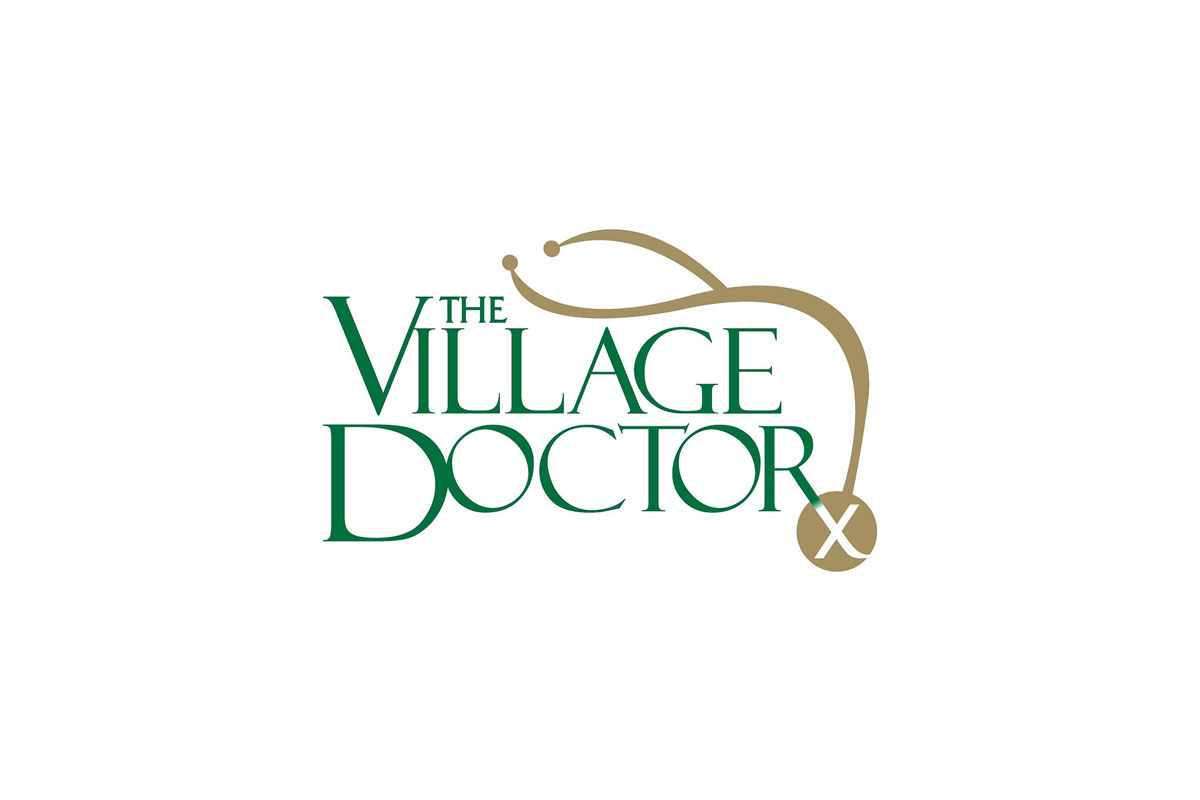
Yes, you and everyone you know knows someone who is down with COVID-19 right now. This is 2021 redux. We’d like to properly inform you about the facts as the data reveals them to be at this time and to reassure you as well as give you guidance on how to cope with this outbreak.
A year ago we saw the same thing and six months ago we saw a similar outbreak from the Delta variant. Omicron appears more infectious, but on a worldwide scale, does not appear to be as virulent, or rather, make you as sick. So while the chance of catching it is higher, the illness is likely not to be as severe.
Here are some numbers to put it into perspective:
From the California Department of Public Health as of 07 JAN 2022:
Omicron is at least two to four times more transmissible than the Delta variant and there appears to be reduced effectiveness of certain antibody treatments.
There are in the past 8 weeks, 43,697 new cases across the state with 21.7% of COVID tests being positive over the same period.
In San Mateo County there have been 1,216 new cases in the past day. 79% of the County is fully vaccinated, 92% if you count those older than 65. There are approximately 767,400 residents in the county. In Santa Clara County there have been 1,988 new cases in the last day. 82% of the county is fully immunized which climbs to 94% if you count those 65 and older. There are approximately 1.9 million inhabitants in this county. The number of cases compared to the large population bases is a source of reassurance. (source: https://www.nytimes.com/interactive/2021/us/santa-clara-california-covid-cases.html)
What does this mean to you, living here, in the Bay Area, right now? In summary, it means just what the introduction stated. Higher chance of getting infection, lower chance of getting miserably sick as we saw with the Delta variant. However, people will still get sick, and not be able to work for days or perhaps a few weeks, and this will have social impacts which we should prepare for and manage with a healthy dose of patience.
What can you do to minimize the risk of infection and if you do start feeling ill?
First: Make sure you are fully immunized. For Pfizer and Moderna, that means three doses. A 4th booster is not yet recommended and data is not present on whether it will help or hurt. If you got the single Johnson and Johnson/Janssen immunization, a single booster is advisable.
Second, testing. Home COVID test kits are reliable. These are antigen tests, and are very good. But they’re hard to come by these days due to the demand. PCR tests are generally higher value but not by that much. If you’re sick and have a positive home antigen test, you can be pretty sure you have COVID.
Third: Wear a N-95 mask and follow good hand hygiene precautions. Wash your hands with soap and hot water for at least 30 seconds. Avoid people who are ill and if you suspect you make harbor the virus, stay away from the elderly, immunocompromised or those with underlying medical illnesses as they are more vulnerable to getting worse disease and even of dying. Protect others as much as you protect yourselves.
Fourth: Medications. There are two ‘new’ medications which are being used to treat moderately to severely ill patients—Paxlovid and Fluvoxamine. Paxlovid is the newest medication on the block but is hard to get as distribution channels haven’t caught up with demand. There are monoclonal antibodies as well, but they haven’t panned out as well as originally hoped. You can also use vitamins and minerals, for which there is some scientific data, though not conclusively so, that they could help. These include vitamin D3, vitamin C and Zinc. Always stay well hydrated.
Be sensible, be balanced by keeping perspective, and above all, be healthy!
We’re here for you,
The Village Doctor Team
Alan Spira, MD, January 13, 2022


